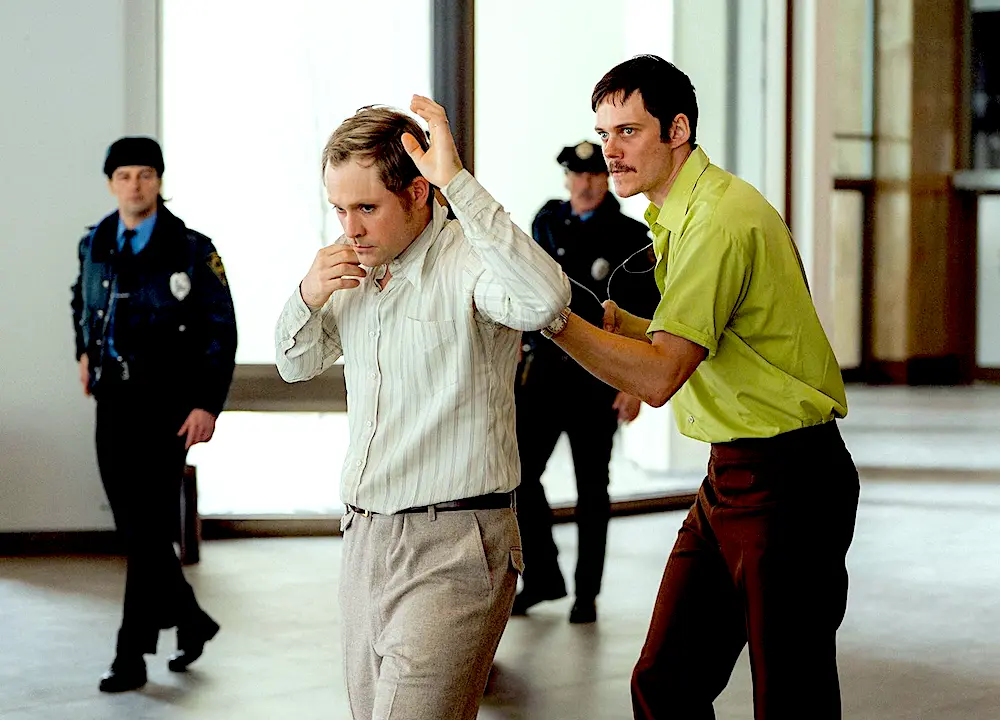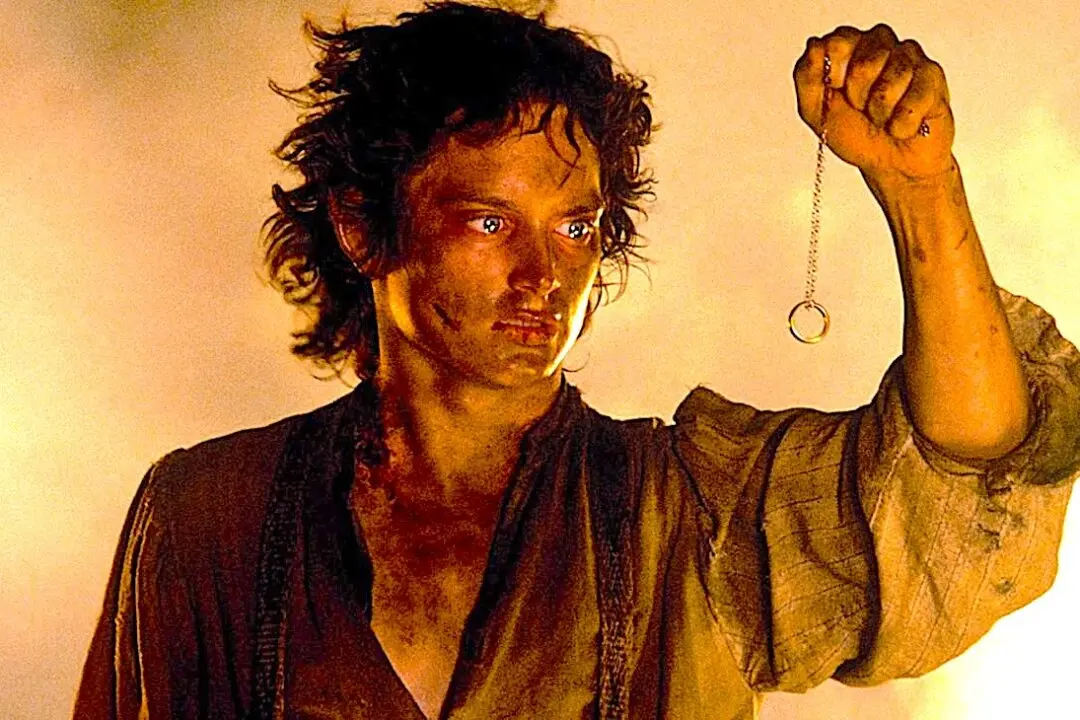Of all the film critics on Rotten Tomatoes writing about the documentary “The Work,” I’m the only one who has actually done the type of work (and facilitated the work) on display in this riveting documentary about man-healing, set in a maximum security prison. And done it alongside three of the actual facilitators in the film.
Popcorn and Inspiration: ‘The Work’: Electrifying Documentary About Deploying Men’s Work Healing in a Maximum Security Prison

Mark Jackson
Film Critic
|Updated:
Mark Jackson is the senior film critic for The Epoch Times and a Rotten Tomatoes-approved critic. Mark earned a bachelor's degree in philosophy from Williams College, followed by classical theater conservatory training, and has 20 years' experience as a New York professional actor. He narrated The Epoch Times audiobook "How the Specter of Communism Is Ruling Our World," available on iTunes, Audible, and YouTube. Mark is featured in the book "How to Be a Film Critic in Five Easy Lessons" by Christopher K. Brooks. In addition to films, he enjoys Harley-Davidsons, rock-climbing, qigong, martial arts, and human rights activism.
Author’s Selected Articles




